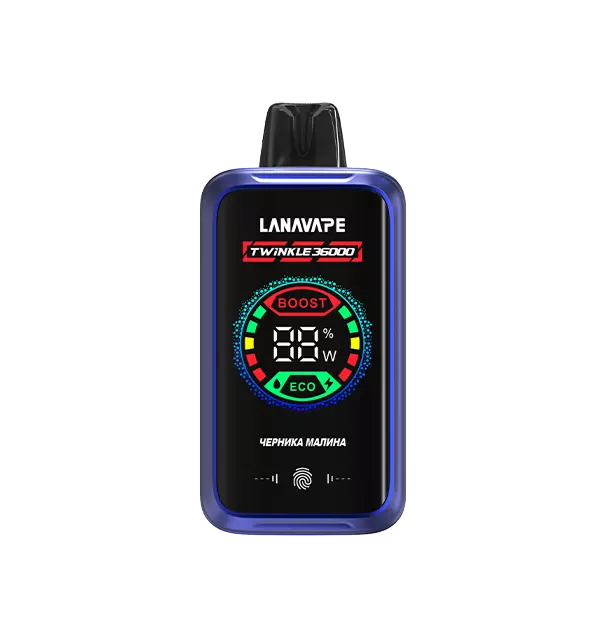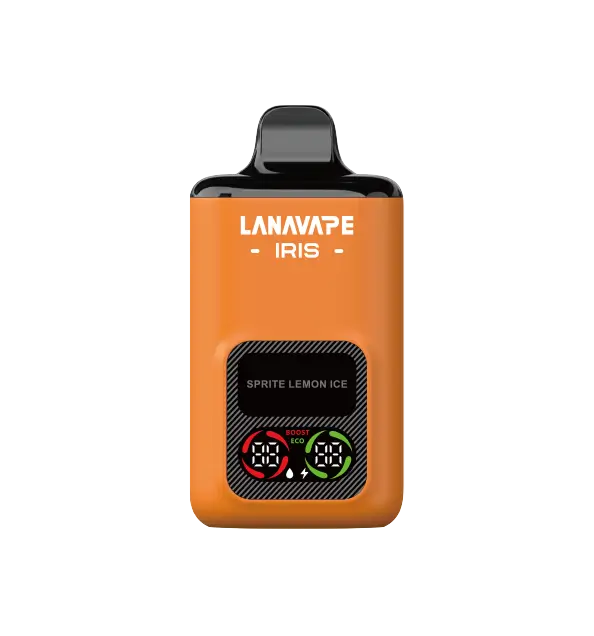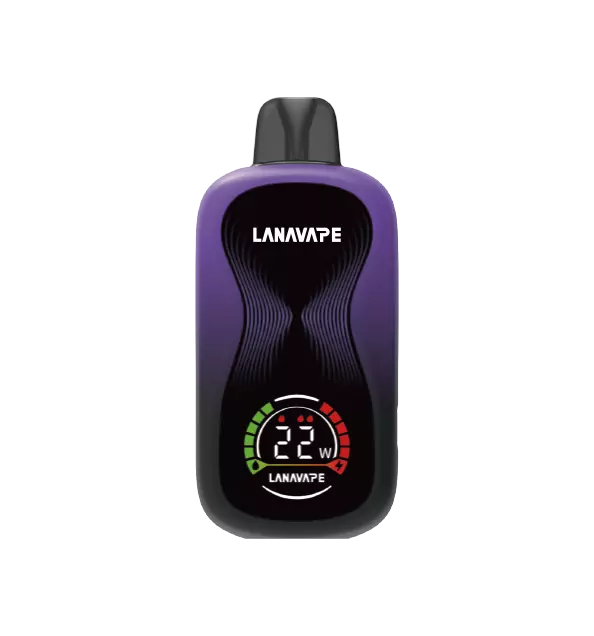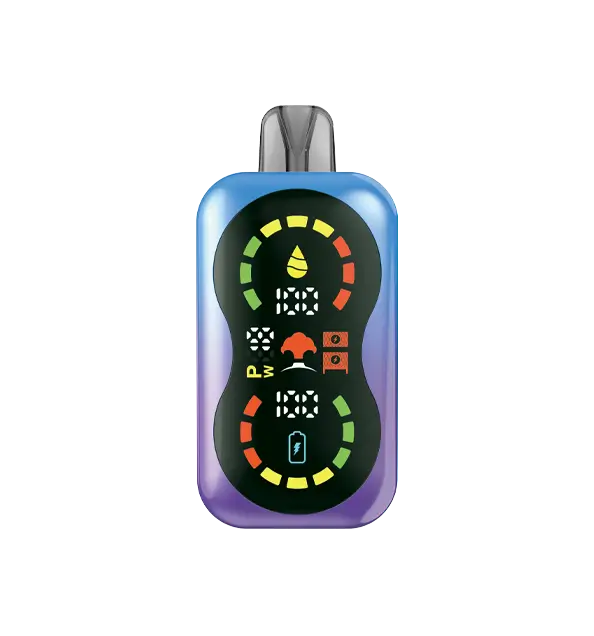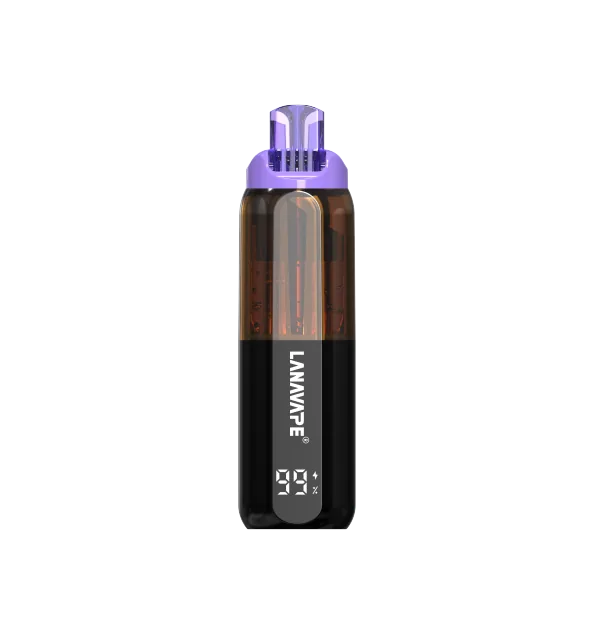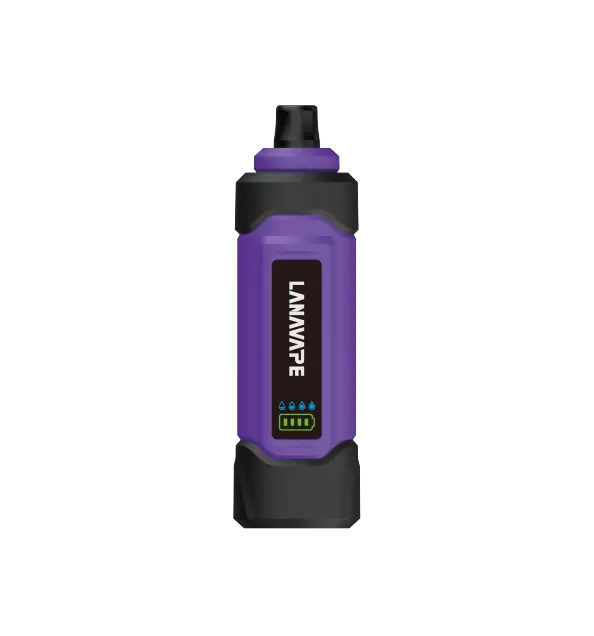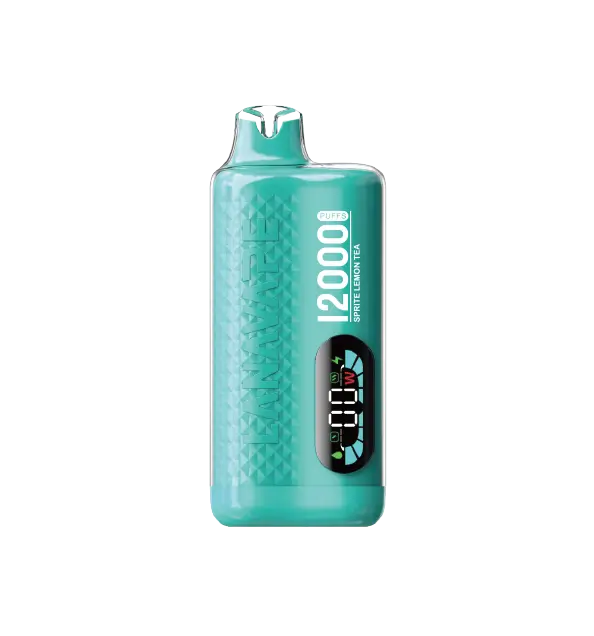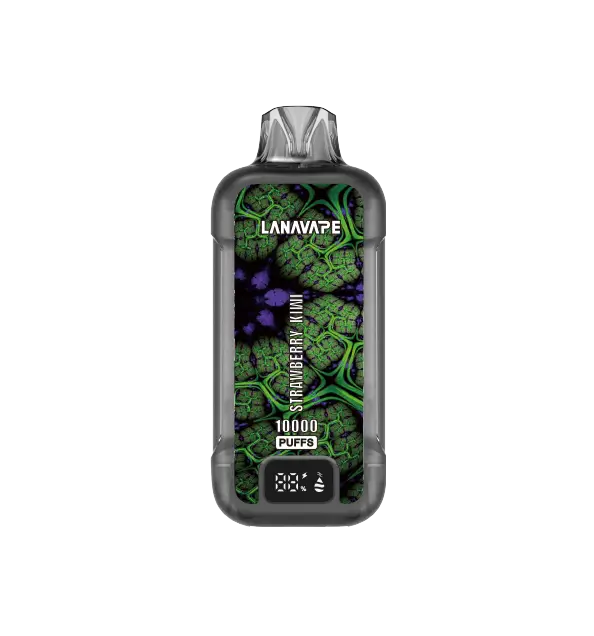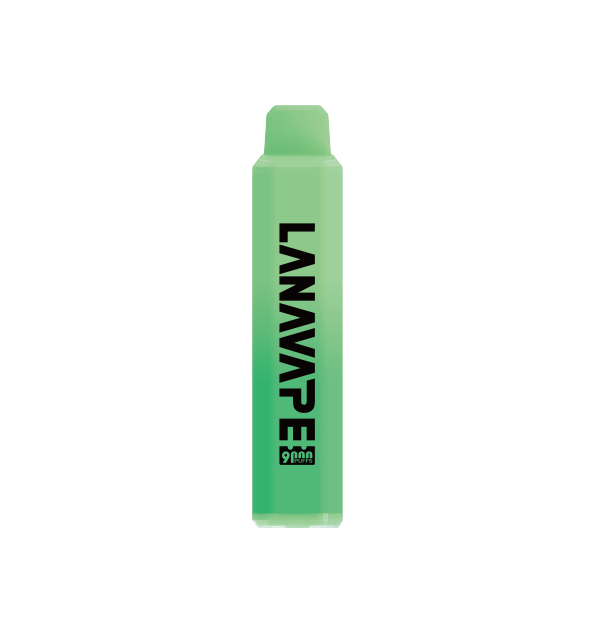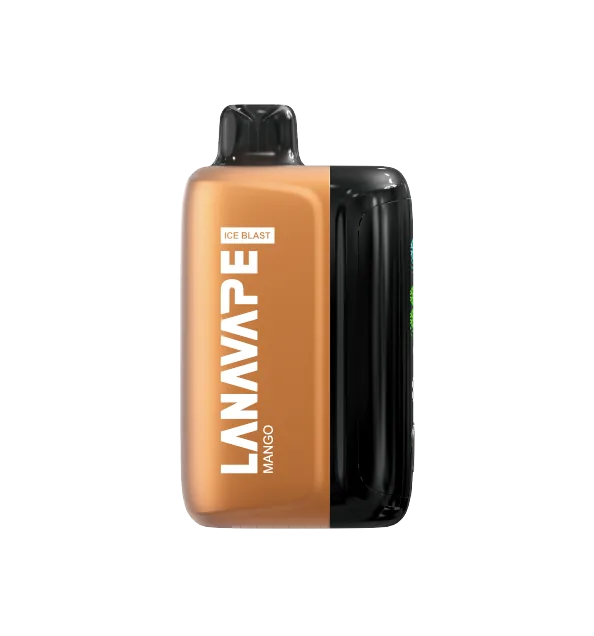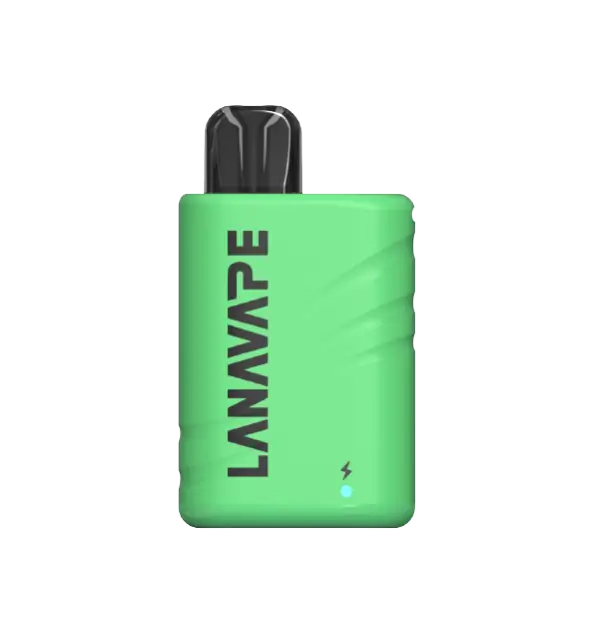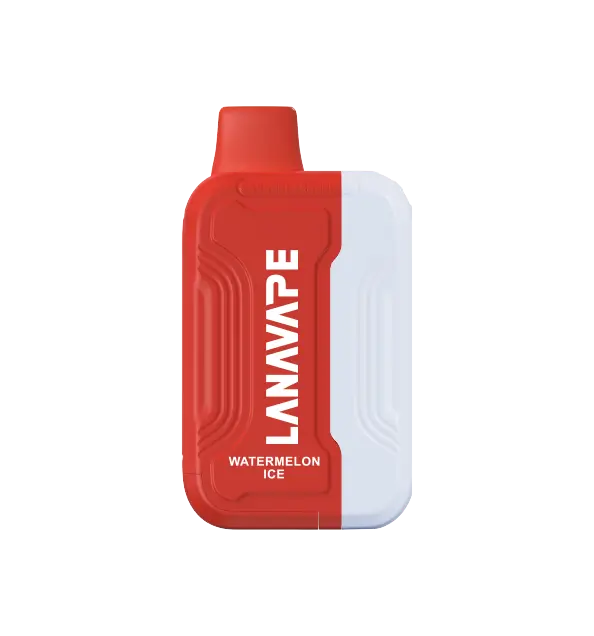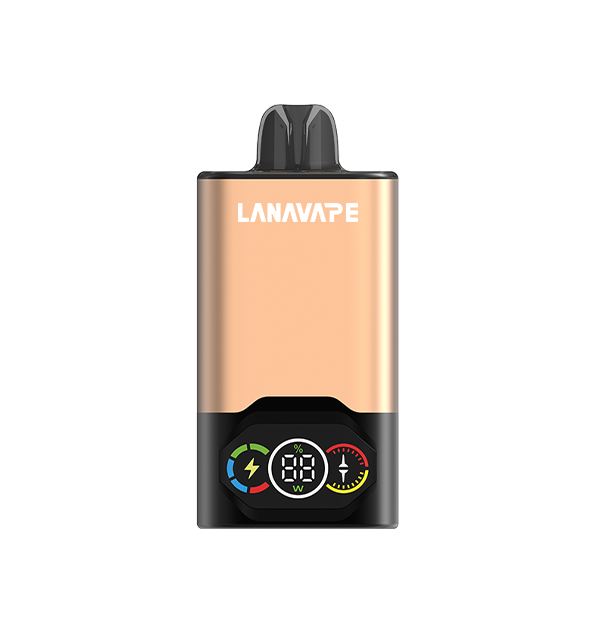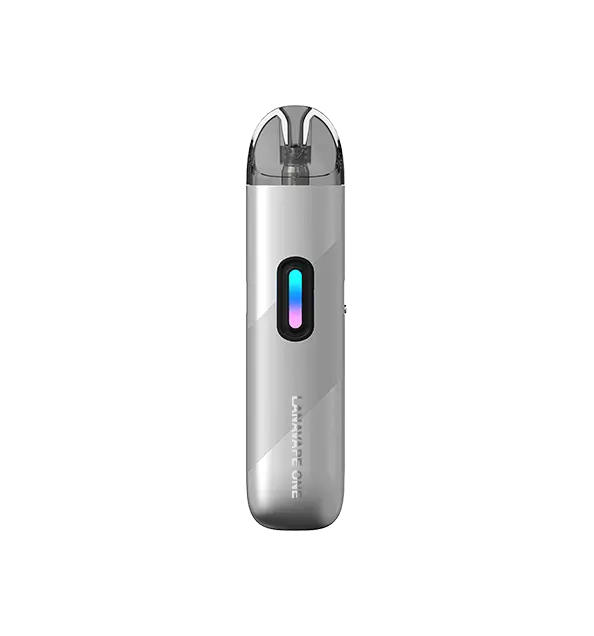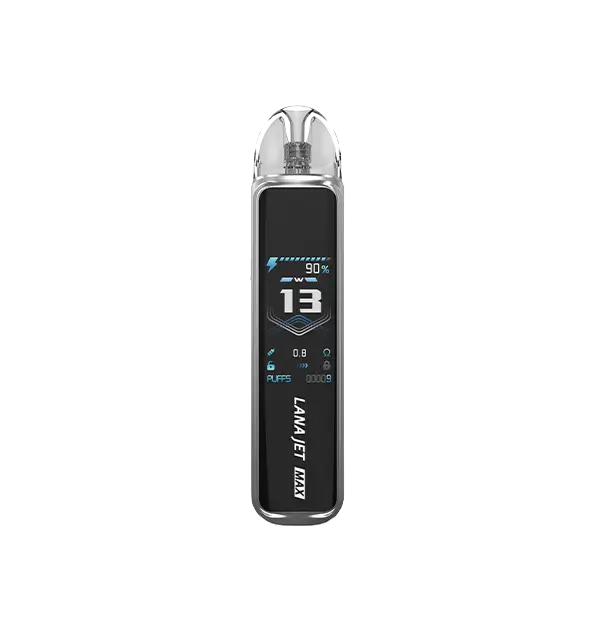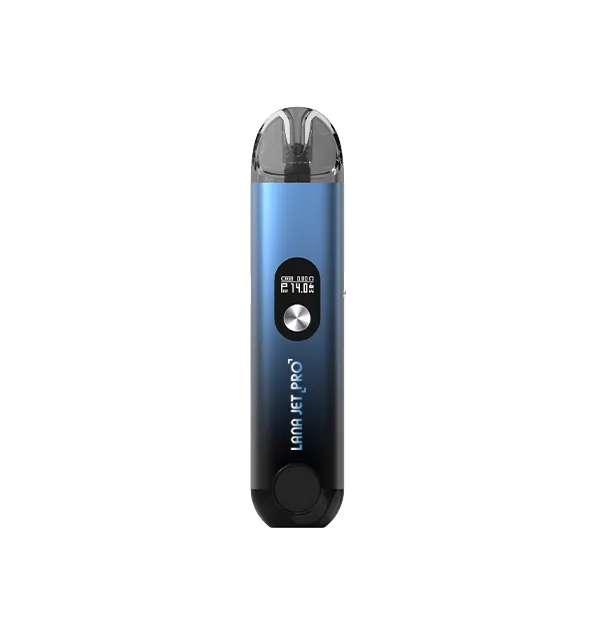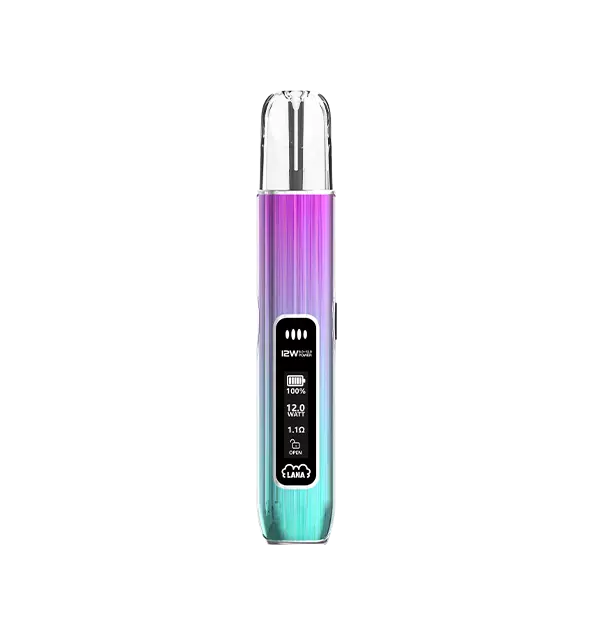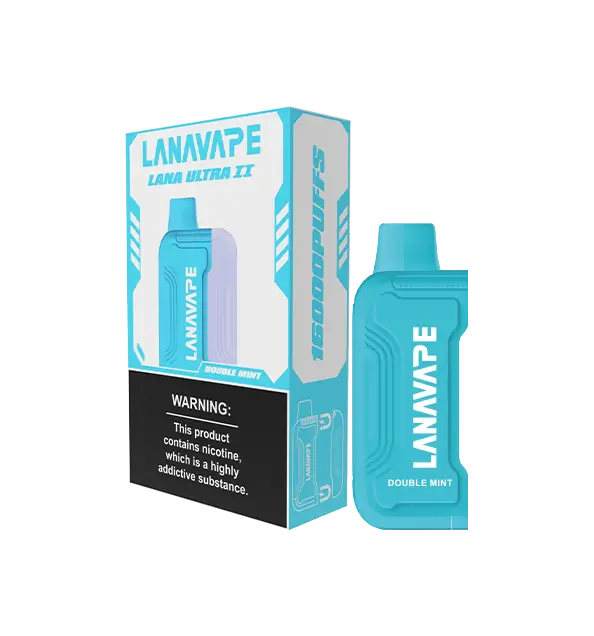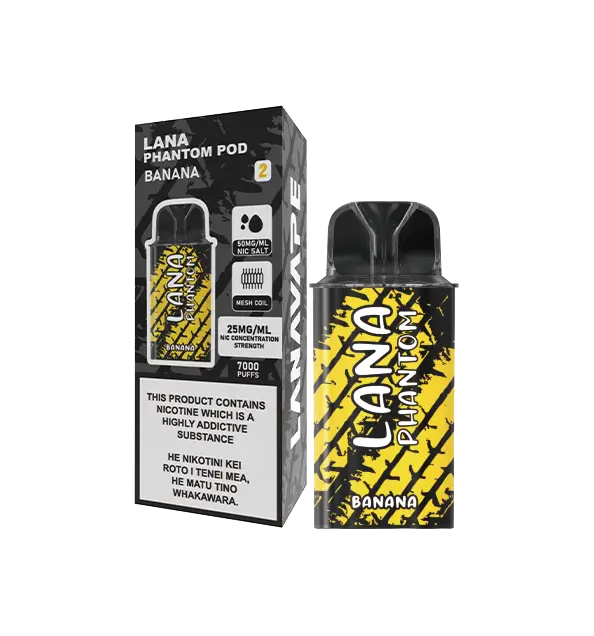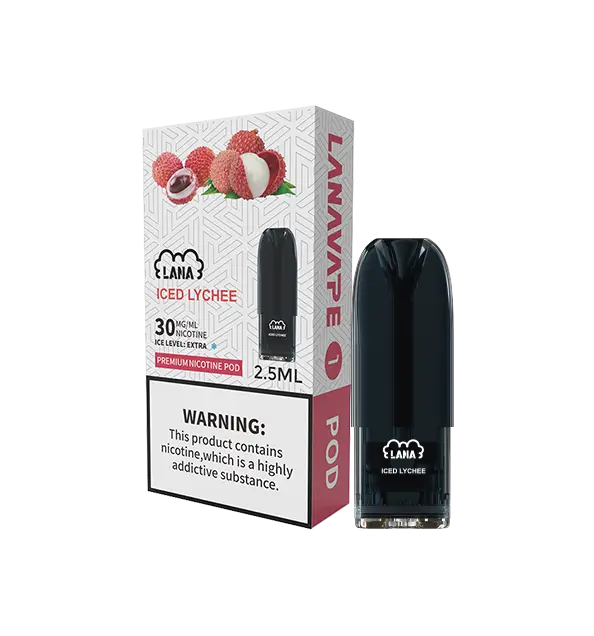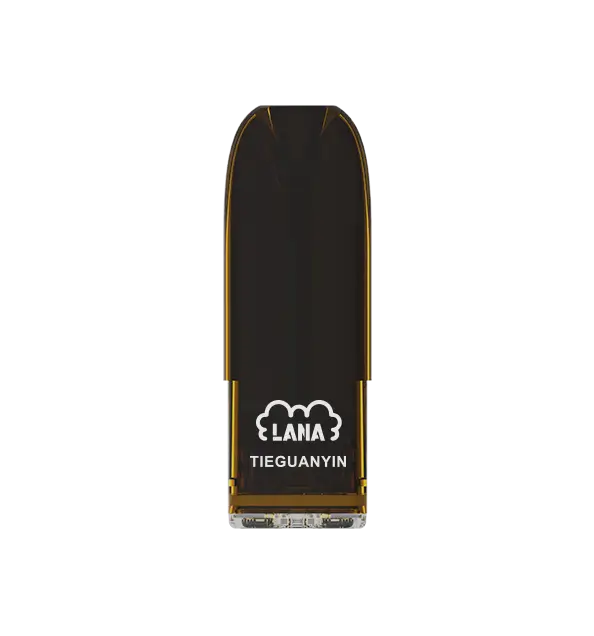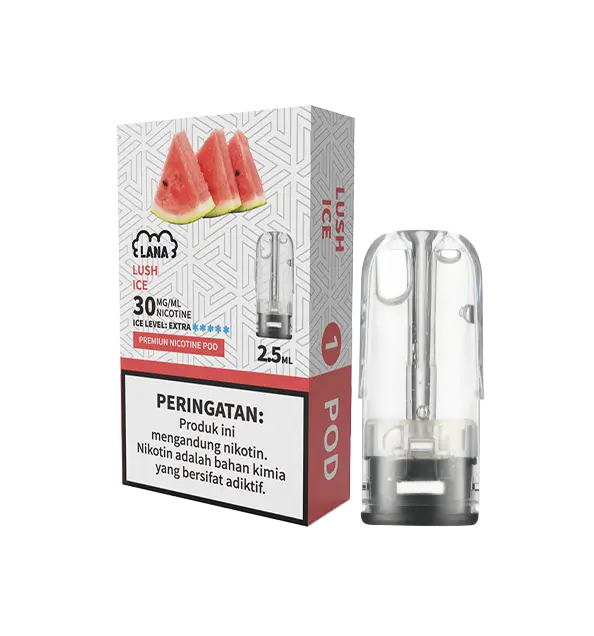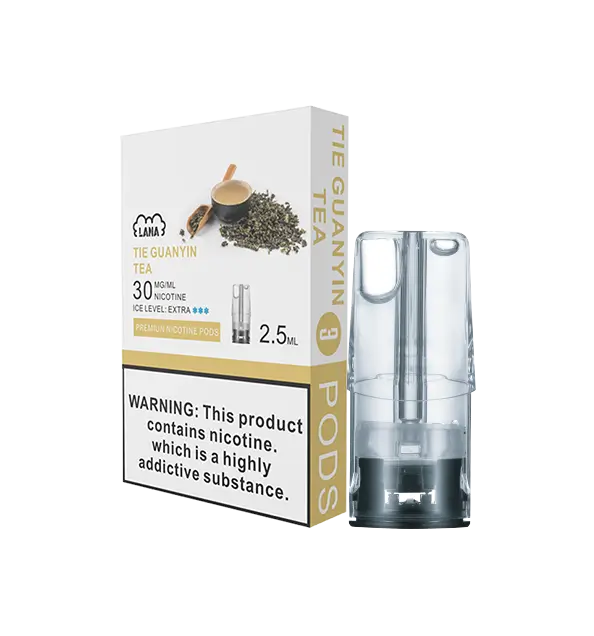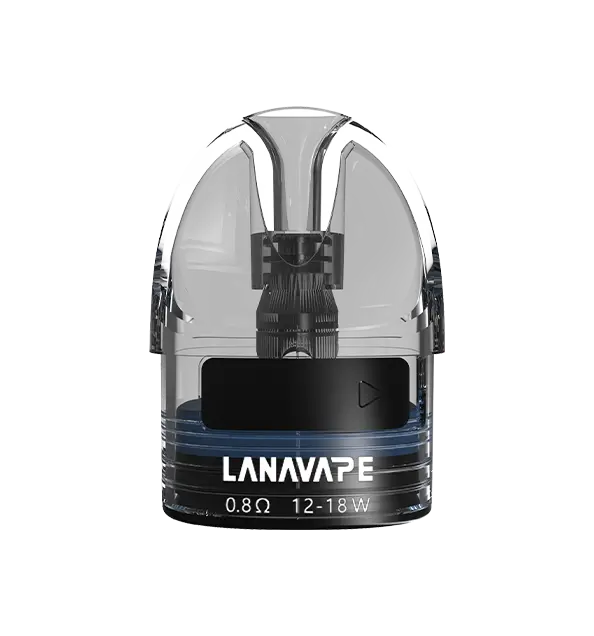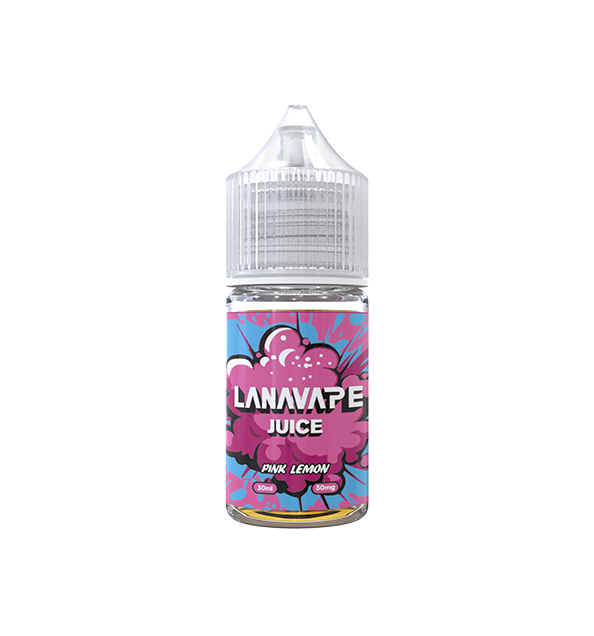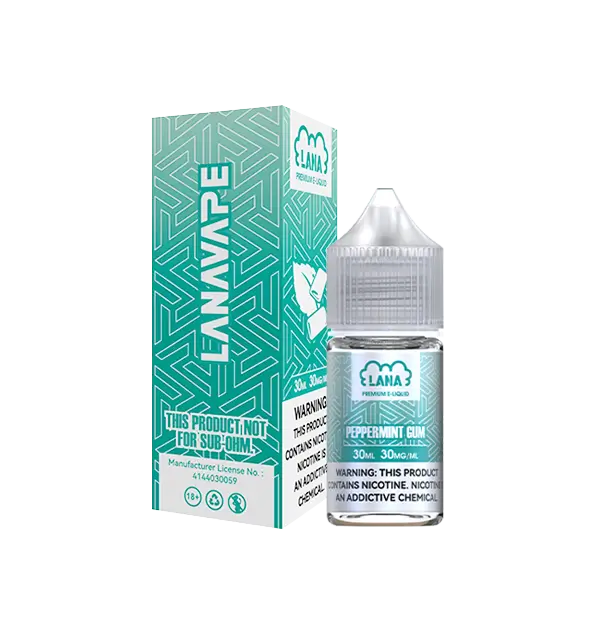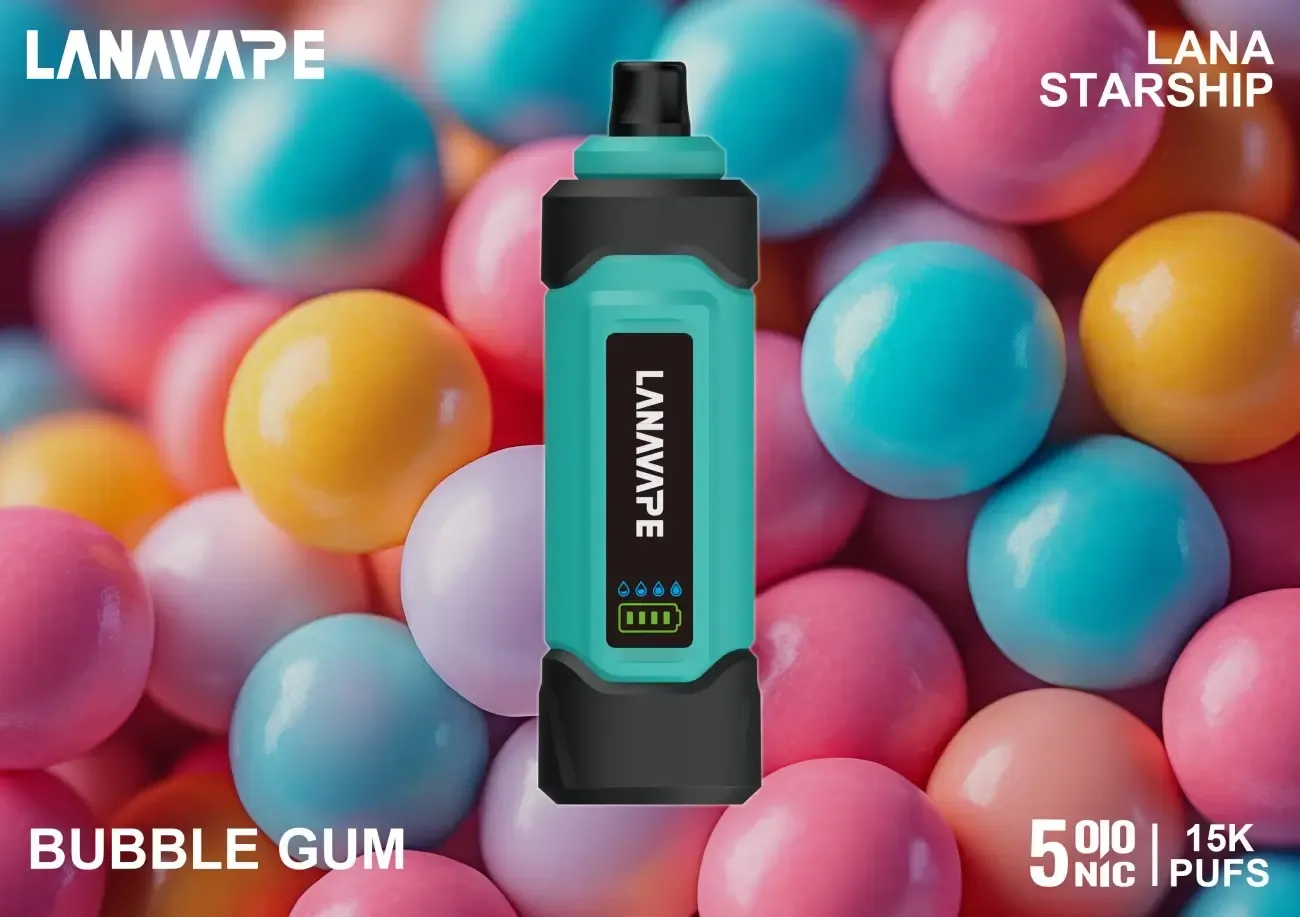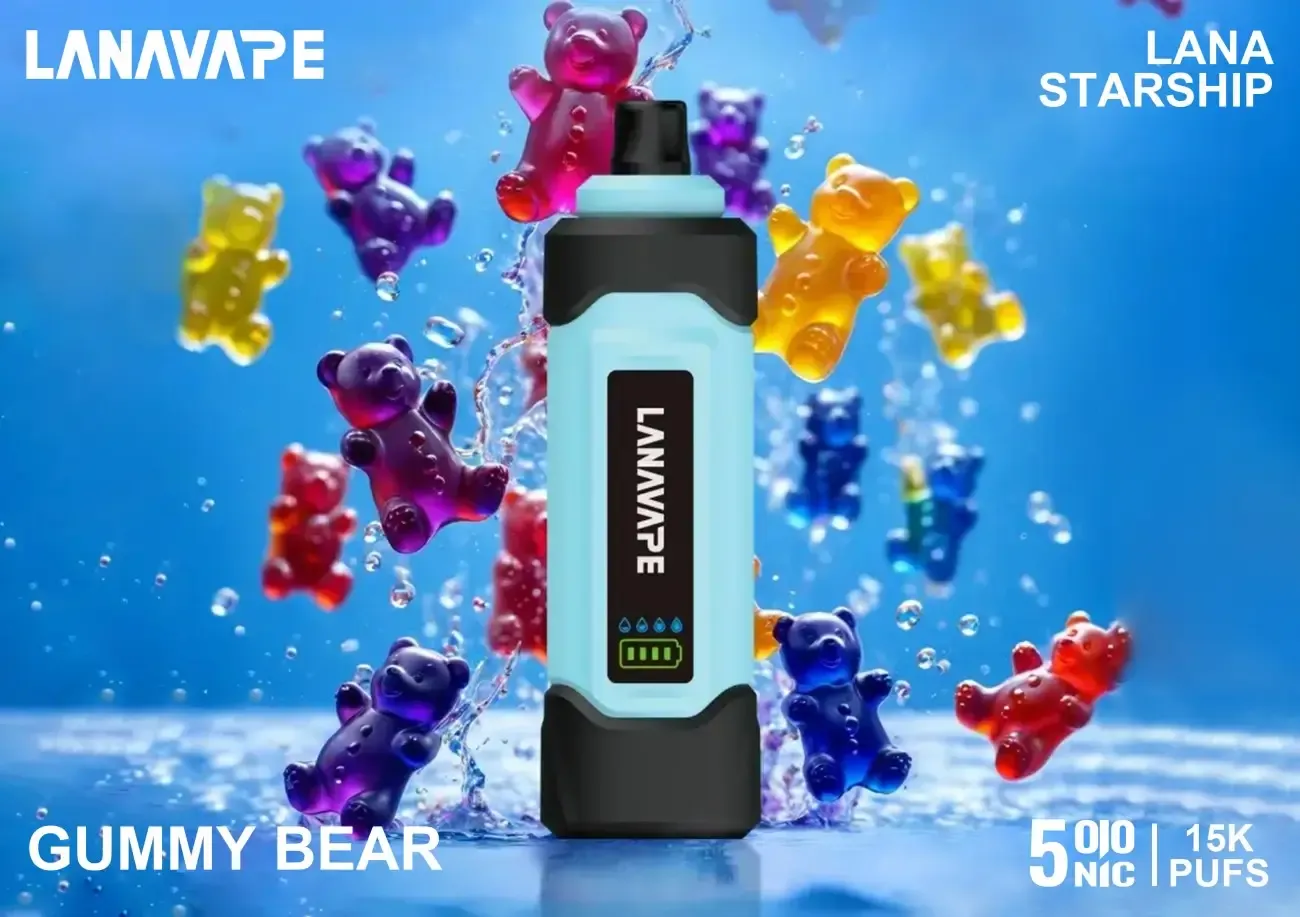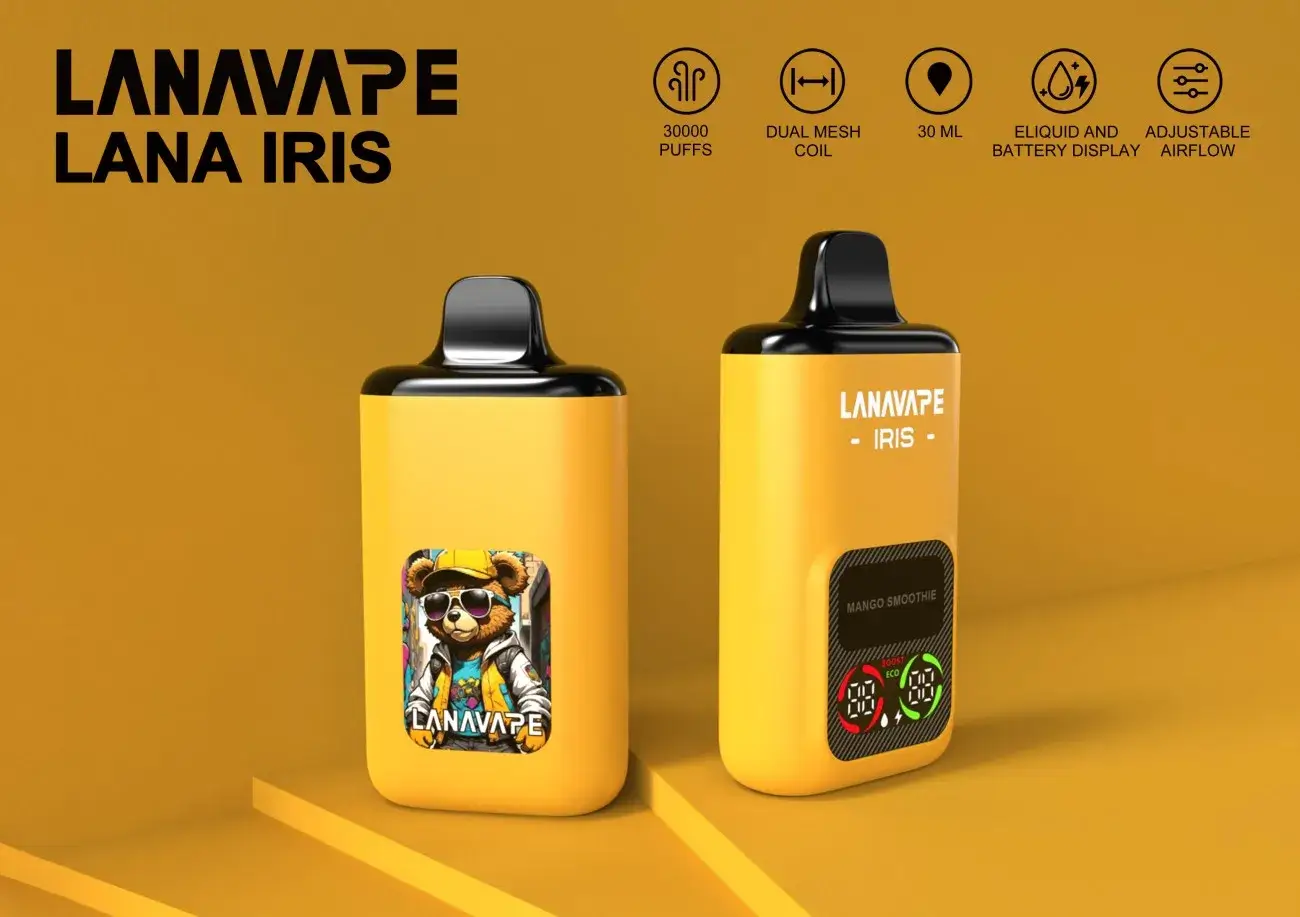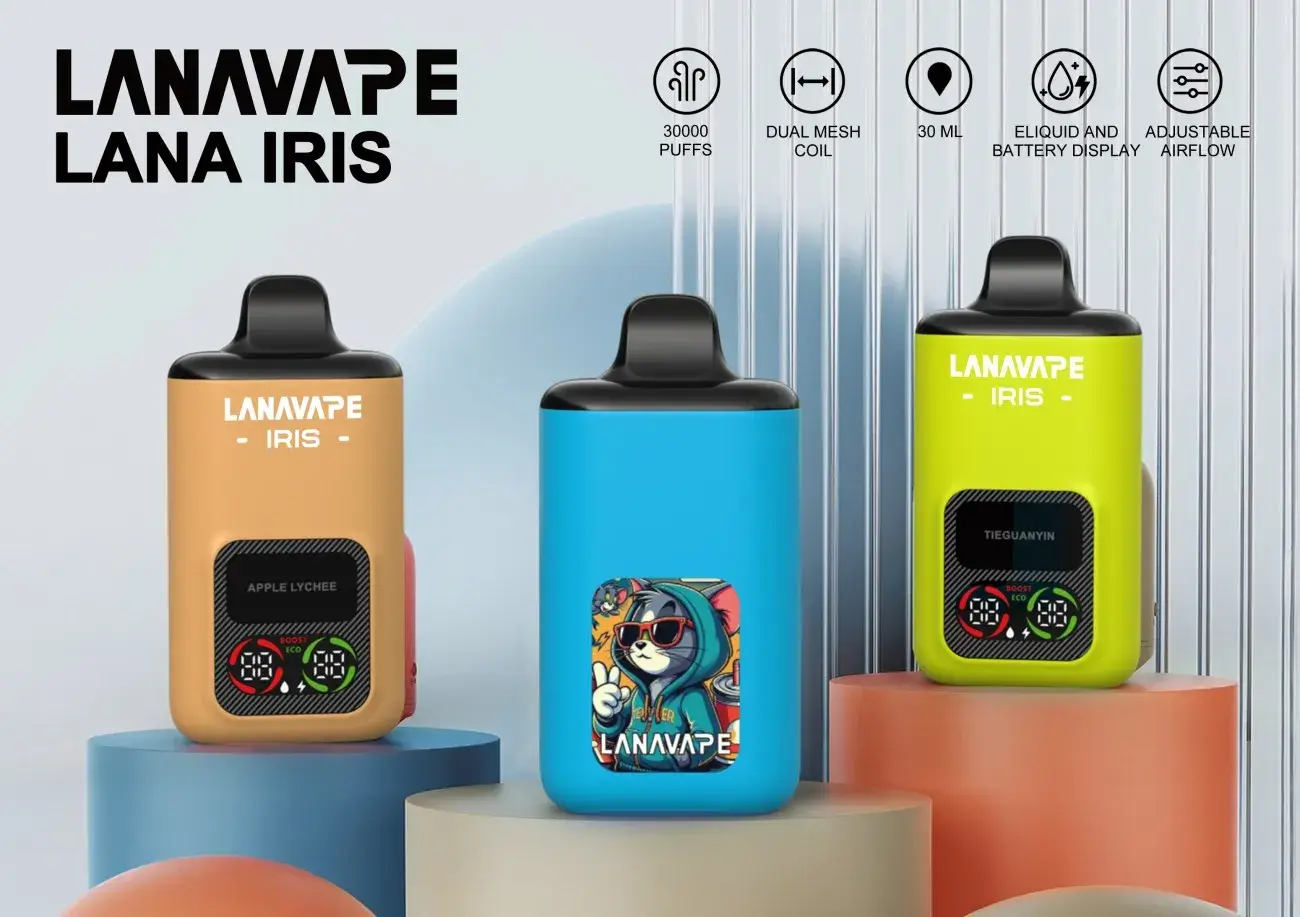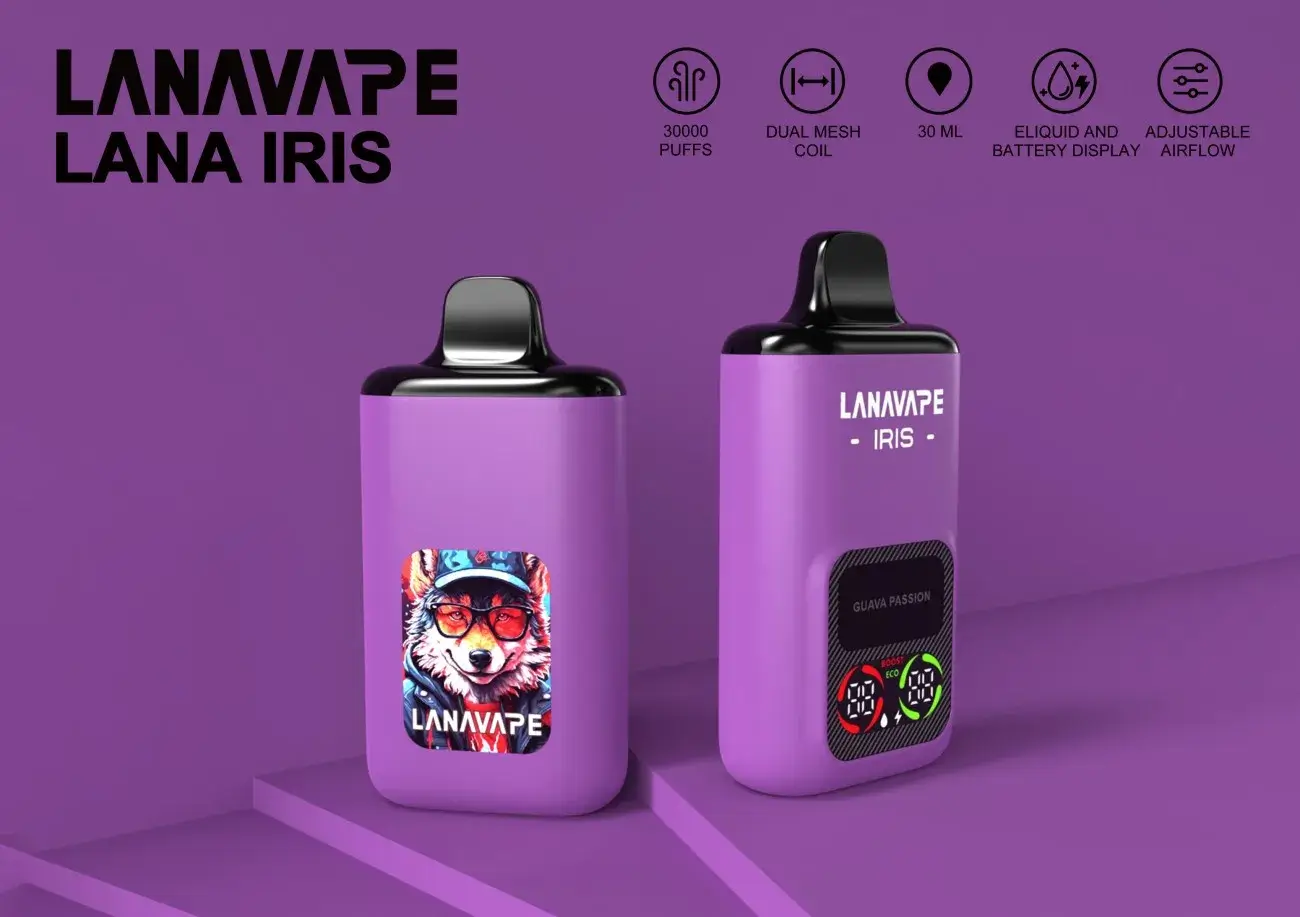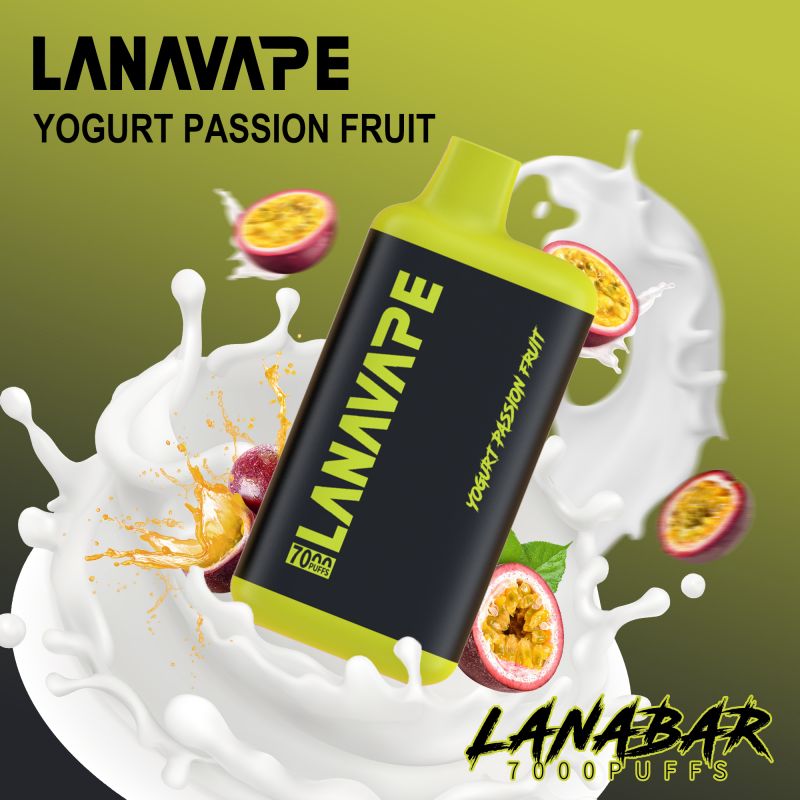
What is the details In Vape e-liquid?
Unlike traditional tobacco products, e-cigarettes don't produce the same harmful chemicals, such as tar and carbon monoxide. But they do use a liquid that goes by several names.
Vape juice, e-liquid, e-juice; regardless of the name it goes by, it's all the same.
Vapers go through plenty of vape juice. Of course, this depends on how often they vape and how much power their setup is using. For the massive vapor clouds many are chasing,
you'll use more vape juice than someone who enjoys puffing a few small draws occasionally throughout the day.
Regardless of how much you're vaping each day, it's vital to know what you're putting into your vape. This is especially true with so many phony brands creating sub-par products.
So what exactly is e-liquid? And what's inside vape juice?
Let's discuss what's inside vape juice to ensure you know exactly what you're vaporizing with each draw.
Water
Some vape juice flavors contain the elixir of life, water. That's right. H20 is commonly found in many e-liquid vials.
Water is sometimes used in vape juices to lessen the potency of the flavors. It also is essential to produce vapor clouds that linger.
While PG or VG and flavoring are crucial to vapor cloud production, vape juice must have some small amounts of water.
This is how vape juice producers ensure the e-liquid is appropriately diluted.
Some vapers will actually purchase vape juice and add some water to the bottle. If this is something you're considering,
it's suggested that if you are adding water to your vape juice, you should avoid adding above twenty percent. If you add beyond this ratio, it's likely that the e-liquid will become too watery.
Vegetable Glycerin
Vegetable glycerin is also called VG, glycerine, or glycerol in the vaping industry. This substance is something most people have consumed outside of vaping at one point or another.
VG is a carbohydrate that's derived from vegetable oils. This is a sugar alcohol that's commonly used in foods as a low-glycemic sweetener, texture enhancer to increase thickness,
or a preservative. But it has other uses, as well.
This vape juice component is also used in a variety of other products. You'll find VG in sweeteners as a sugar replacement, beauty products, soap and hand cream, pet food,
baked goods, some medicinal creams, capsule pills, and dental care products.
This thick and sweet liquid also enhances vapor cloud production. Compared to PG, VG also produces less of a “throat hit.” This offers a more authentic,
smoother vaping experience comparable to the feeling one gets from traditional smoking.
VG is a natural chemical. And since it's made from plant oils, this means it's safe for vegetarians.
The FDA claims VG is safe. Most know of this substance as one of the most benign on the plant.
This substance has very low toxicity when consumed and offers low potential of irritation when introduced to the skin or eyes. Since it's also widely used in food and medicine,
it's safe to say it's relatively safe for human consumption.
Propylene Glycol (PG)
Propylene glycol, or PG, is a by-product of petroleum. It's odorless and colorless, and it's less viscous than VG.
For vapers looking for a “throat hit,” PG is the vape juice component that produces it.
PG also carries flavor better than VG. This is why it's most commonly used as a suspension fluid for nicotine and flavor concentrates.
PG has been used for over five decades across various industries. This is why you'll find PG in a variety of common household items.
Some of the products you'll find PG in include nicotine inhalers, oral hygiene products, pet food, some medical products, and beauty products.
The FDA claims that PG is pretty safe for use as a food additive. But the majority of studies are analyzing PG ingestion as opposed to consuming it when vaped.
There are limited studies available, but they highlight PG as non-toxic and does not pose a threat to human safety.
Flavorings
Vape juice comes in a variety of flavors. While most of them are sweet- or dessert-related, other obscure flavors exist. The most common flavors are treat-related, like cereal milk, donut, and cake flavor profiles.
Many of the flavorings are fruit-flavored, a well. From tropical fruit flavors like mango or lychee to colder environment fruits like blueberry and blackberry flavored e-juice,
there's something for everyone when it comes to flavor profiles.
As long as you're purchasing your e-juice from a reliable brand, they probably use food-grade ingredients. This, of course, means they're relatively safe for human consumption.
However, buying from small batch producers could result in an e-liquid that's not using food grade ingredients.
Nicotine
Nicotine in small doses diluted in e-liquid is safe, as well. And when you're inhaling it in particulate form, or vapor, it's even safer.
This, of course, isn't the case if you're a child or someone who reacts poorly to this chemical.
The problem can come from consumers who don't understand how much nicotine they're inhaling while vaping. Even though most vape juice manufacturers are transparent with their nicotine levels,
consumers don't always know which strength nicotine they should choose.
Most vapers start on a nicotine level that feels right. But if you're unsure of what nicotine strength will be the right fit for you, here's some information you should consider:
0 mg/ml: the vape juice is nicotine-free. This is good for someone who prefers to vape without nicotine.
3 mg/ml to 6 mg/ml: perfect for smokers who smoke fewer than 10 cigarettes per day or prefer to smoke ultra-light cigarettes.
12 mg/ml: good for smokers who have been smoking less than a pack a day or a pack per day of light cigarettes.
18 mg/ml: the common choice for people who smoke around a pack of cigarettes per day.
24 mg/ml: the best option for heavy smokers who smoke beyond a pack and a half daily.
In liquid form, small amounts of nicotine can be problematic. If you ingest it or it makes contact with your skin, you could find yourself vomiting, having a seizure, or even dying from this sort of exposure.
This is why some professionals recommend wearing gloves while refilling a tank.

